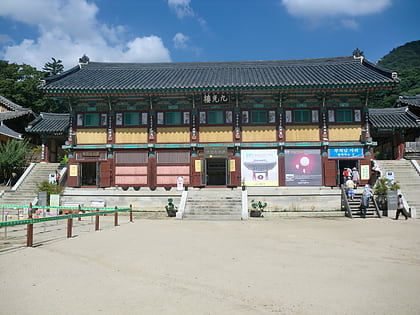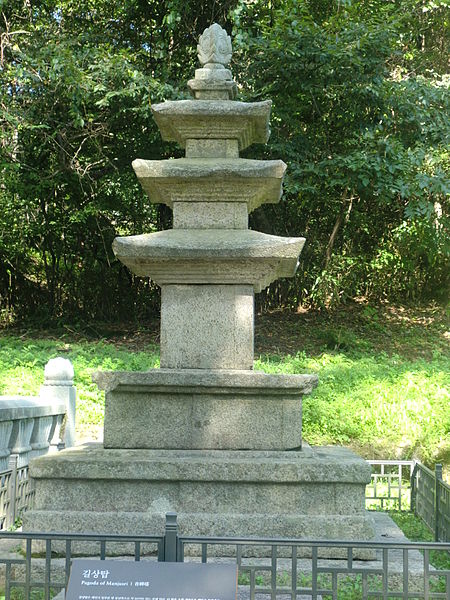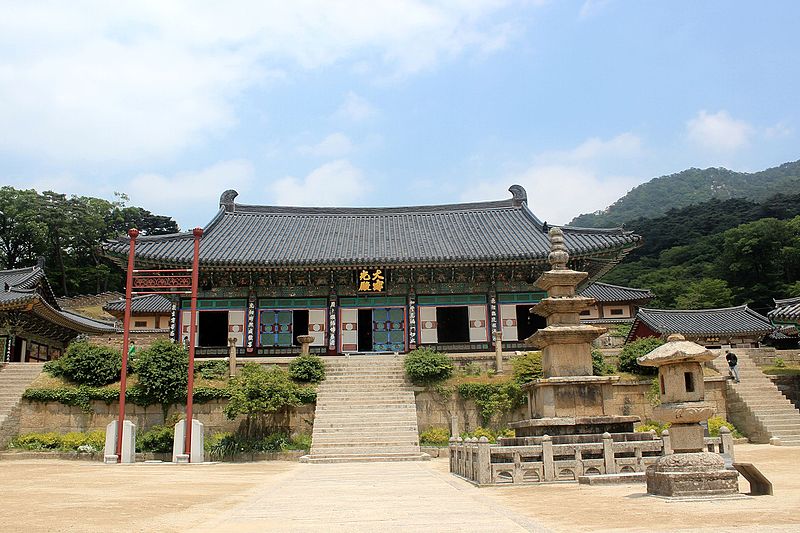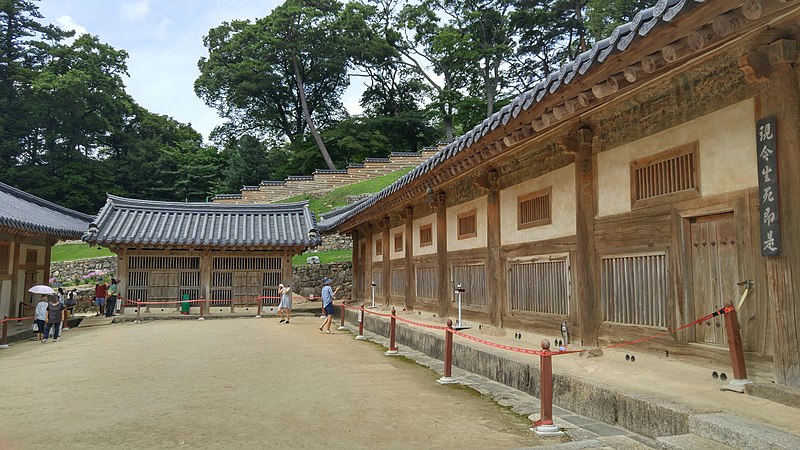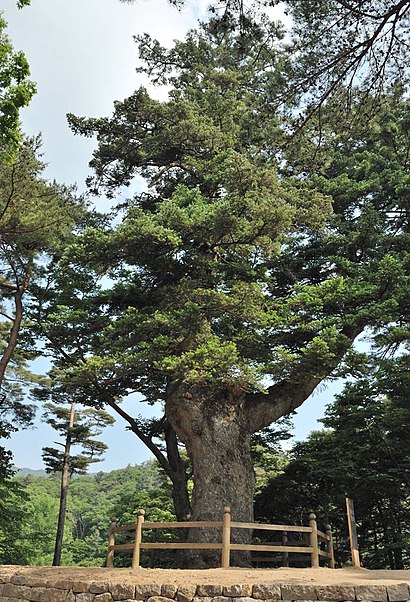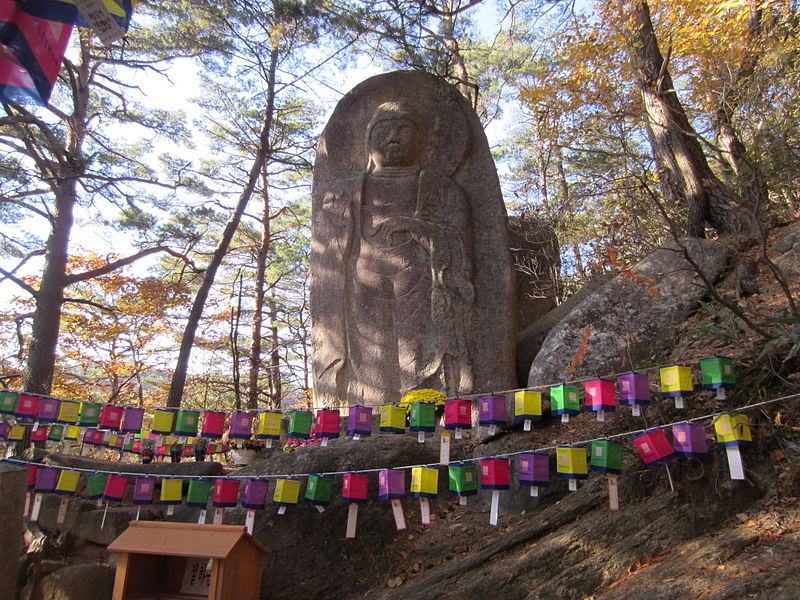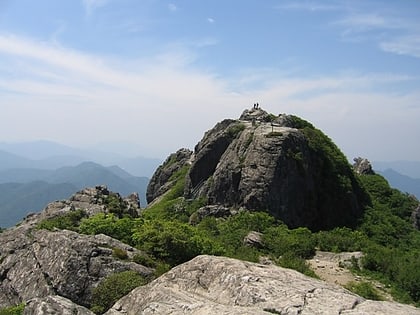Haeinsa, Gayasan National Park
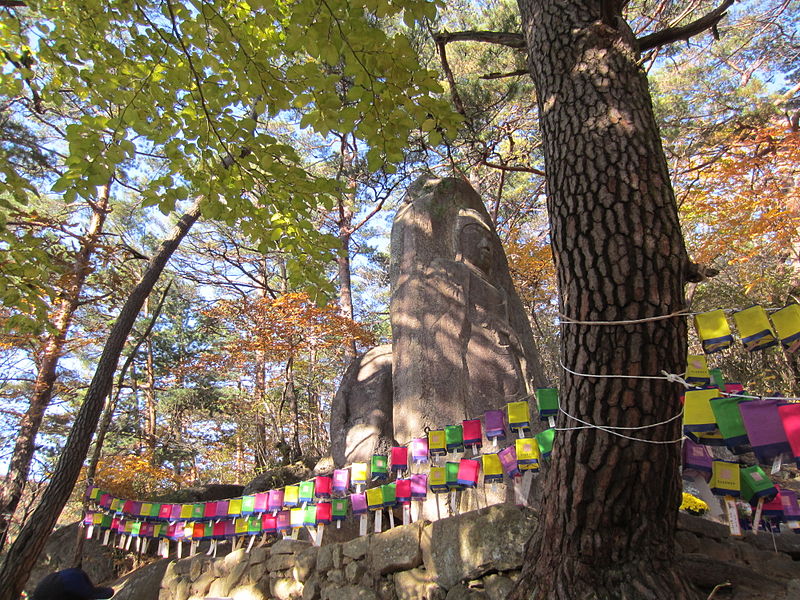
Facts and practical information
Nestled within the scenic expanse of Gayasan National Park in South Korea, Haeinsa Temple is a serene sanctuary that has withstood the test of time. Established in the 9th century, this temple in Hapcheon County is not only a place of spiritual solace but also a repository of cultural treasures, most notably the Tripitaka Koreana, a comprehensive collection of Buddhist scriptures carved onto over 80,000 wooden printing blocks.
Haeinsa Temple, a UNESCO World Heritage site since 1995, is renowned for its architectural splendor and historical significance. The temple complex is a testament to the sophisticated craftsmanship of the Goryeo Dynasty and serves as a vital center for Korean Buddhist practice to this day.
Visitors to Haeinsa are greeted by the majestic Iljumun Gate, which marks the threshold between the secular world and the spiritual realm. Walking through the temple's tranquil grounds, one can explore various halls and pavilions, each adorned with intricate woodwork and traditional Korean roof tiles.
The Janggyeong Panjeon, the hall that houses the Tripitaka Koreana, is particularly noteworthy. The precision of the ancient architects is evident in the building's design, which naturally ventilates and controls humidity to preserve the wooden blocks without the use of modern technology.
For the average tourist, Haeinsa offers a unique blend of cultural education and peaceful retreat. Whether you're interested in the history of Buddhism, Korean culture, or simply seeking a moment of quiet contemplation amidst nature, Haeinsa Temple is a must-visit destination.
Haeinsa is accessible by bus from nearby cities, and accommodations range from temple stays, where guests can experience monastic life, to lodgings in the surrounding town. The temple is open year-round, and the surrounding park offers seasonal beauty, from cherry blossoms in the spring to fiery autumn foliage.
Haeinsa – popular in the area (distance from the attraction)
Nearby attractions include: Simwonsa, Gayasan.
